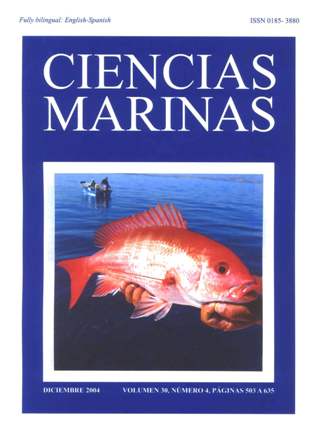Microflora of fresh and ice-stored sardines (Sardina pilchardus) from the Moroccan Atlantic coast
Main Article Content
Abstract
Sardines (Sardina pilchardus) caught on the Moroccan Atlantic coast (off El Jadida) were examined fresh (February, May and July trials) and after 10 days of storage in ice (July trial). From fresh fish, a total of 193 strains were isolated from the muscle with skin, gills and viscera, whereas from ice-stored fish, 122 strains were isolated from the muscle. Gram-negative bacteria always predominated among the initial flora in all trials. The predominant Gram-negative microflora of the fresh fish consisted of Moraxellaceae (Moraxella sp., Acinetobacter sp., Psychrobacter sp.), Enterobacteriaceae, Pseudomonadaceae (Pseudomonas sp.), and the genera Shewanella and Flavobacterium. The Gram-positive flora was identified as Staphylococcus sp., Micrococcus sp. and coryneform bacteria. Significant seasonal variation in initial flora was not noted. Ice storage allowed the growth of Gramnegative bacteria, with Pseudomonas as the dominant microflora, followed by Shewanella putrefaciens. The present study indicates that Pseudomonas sp. probably contribute to the spoilage of sardines caught in the Atlantic Ocean.
Downloads
Article Details

This work is licensed under a Creative Commons Attribution 4.0 International License.
This is an open access article distributed under a Creative Commons Attribution 4.0 License, which allows you to share and adapt the work, as long as you give appropriate credit to the original author(s) and the source, provide a link to the Creative Commons license, and indicate if changes were made. Figures, tables and other elements in the article are included in the article’s CC BY 4.0 license, unless otherwise indicated. The journal title is protected by copyrights and not subject to this license. Full license deed can be viewed here.

